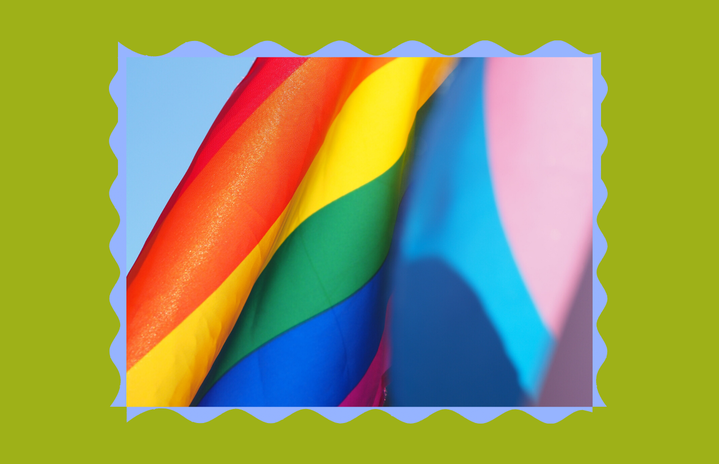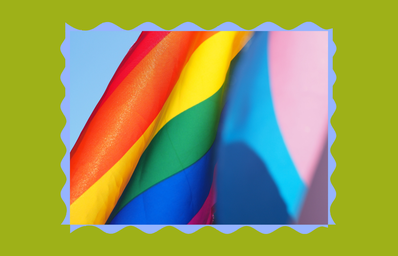In 2007, J.K Rowling assumed in a press conference with Harry Potter fans that Dumbledore was always a gay character, but never openly explored this agenda in her productions until the release of the 3rd movie in the “Fantastic Beasts” franchise, distributed now in 2022.
On the other hand, the author Rick Riordan – responsible for the Percy Jackson saga, which is often compared to Harry Potter – made a point of addressing this issue in his books. Soon the first appearance of a declared LGBTQIA+ character in one of his works was in “The House of Hades”, released in 2013. But Riordan didn’t stop there, on the contrary: from that moment on the writer started to bring more and more characters of the community into his productions, seeking to broaden the representation of gender diversity – from gays to people of fluid gender, or even agender.
The importance of representation in his books
As it was announced in 2022 the production of a series by Disney of Rick Riordan’s most famous literary franchise, Percy Jackson and the Olympians, might be a chance to expand the Riordanverse (the canonical universe of the author’s books) to the screens and thus conquer more people to be part of the legion of fans. This can reignite debates about the works and, consequently, about the themes they deal with in the same way. As it’s a children’s work, the representation of LGBTQIA+ characters in books and now also on screens will make more young people and children see sexual relationships and perceptions in a naturalized way.
A look at the past
Another point worth mentioning about the relevance of LGBTQIA+ representation in Riordan’s works is the fact that it is mainly connected with ancient mythologies that present sexual diversity in some of their stories, to which we have access.
An example of this in Greek mythology is the story of Ganymede, a Trojan prince with whom Zeus fell in love and was kidnapped, as well as taken to Olympus. Ganymede was charged with serving the nectar of immortality to the gods, and some versions also consider him a “god” of homosexual love.
Although the myth has many problems recognized today as portrayals of the abduction and abuse of a minor, it reveals a contemporary perspective on homosexuality within the mythology itself. Riordan’s books, by approaching this theme in a healthy way to readers, can bring young people’s desire to know the mythological play that served as the basis for the Riordanverse, expanding their knowledge about the stories and their critical perception of these representations.
Along the way, the reader will have the chance to think and interpret how sexual plurality has always been present in human history and the taboos that surround it but never ceasing to be a natural feature.
—————————————————————–
The article above was edited by Isadora Noronha.
Liked this type of content? Check Her Campus Casper Líbero’s home page for more!


